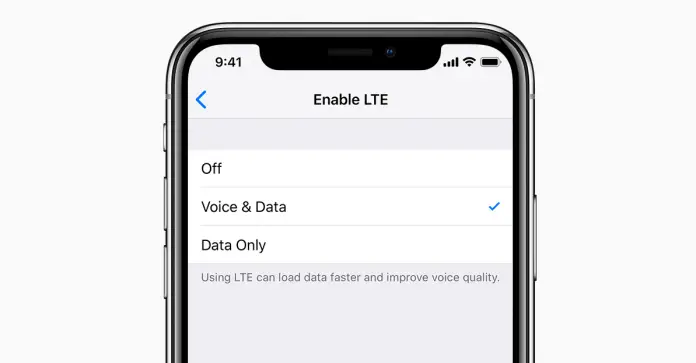Mobile operators entice customers with the buzzwords LTE and 4G. And sometimes they are even combined into 4G LTE. Is there a difference between these concepts, we tell in our article.
4G or LTE? Or maybe 4G LTE? What is behind these terms, let’s understand them together.
Is there any difference between 4G and LTE?
Before the introduction of LTE and 4G, mobile Internet was predominantly used via UMTS and HSDPA mobile standards. UMTS and HSDPA are also often abbreviated as 3G.
LTE and 4G refer to the same thing, and there is no technical difference between the terms. LTE refers to mobile communication technologies that make data speeds of up to 100 Mbps possible. The term 4G just means that the fourth generation of cellular standards is being used.
What’s the difference between 2G/3G/4G and 5G?
2G: With GPRS and EDGE, data rates of up to 53.6 Kbps and 220 Kbps are achieved. The 2G abbreviation is practically not used.
3G: With UMTS, data rates of up to 384 kbit/s have already become available. 3G is still the most popular generation of mobile standards.
5G: The 3G standard continued to be continuously improved, which resulted in HSDPA, HSDPA+, HSPA, and HSPA+. Here were achieved speeds of up to 42 Mbit/s. Android devices for 3.5G display the “H” symbol, the iPhone still displays 3G.
4G: LTE is currently on the rise, with maximum data rates of 100 Mbps with this technology.
4.5G: With LTE Advanced devices reach speeds of up to 1 Gbps – at least in theory. But in practice, it will be a long time before such speeds are available worldwide.
5G: As early as 2020, advanced cellular companies want to implement the fifth generation of mobile communication standards. This will make speeds of 10 to 20 Gbit/s possible. But so far the fifth generation is at the testing stage.






